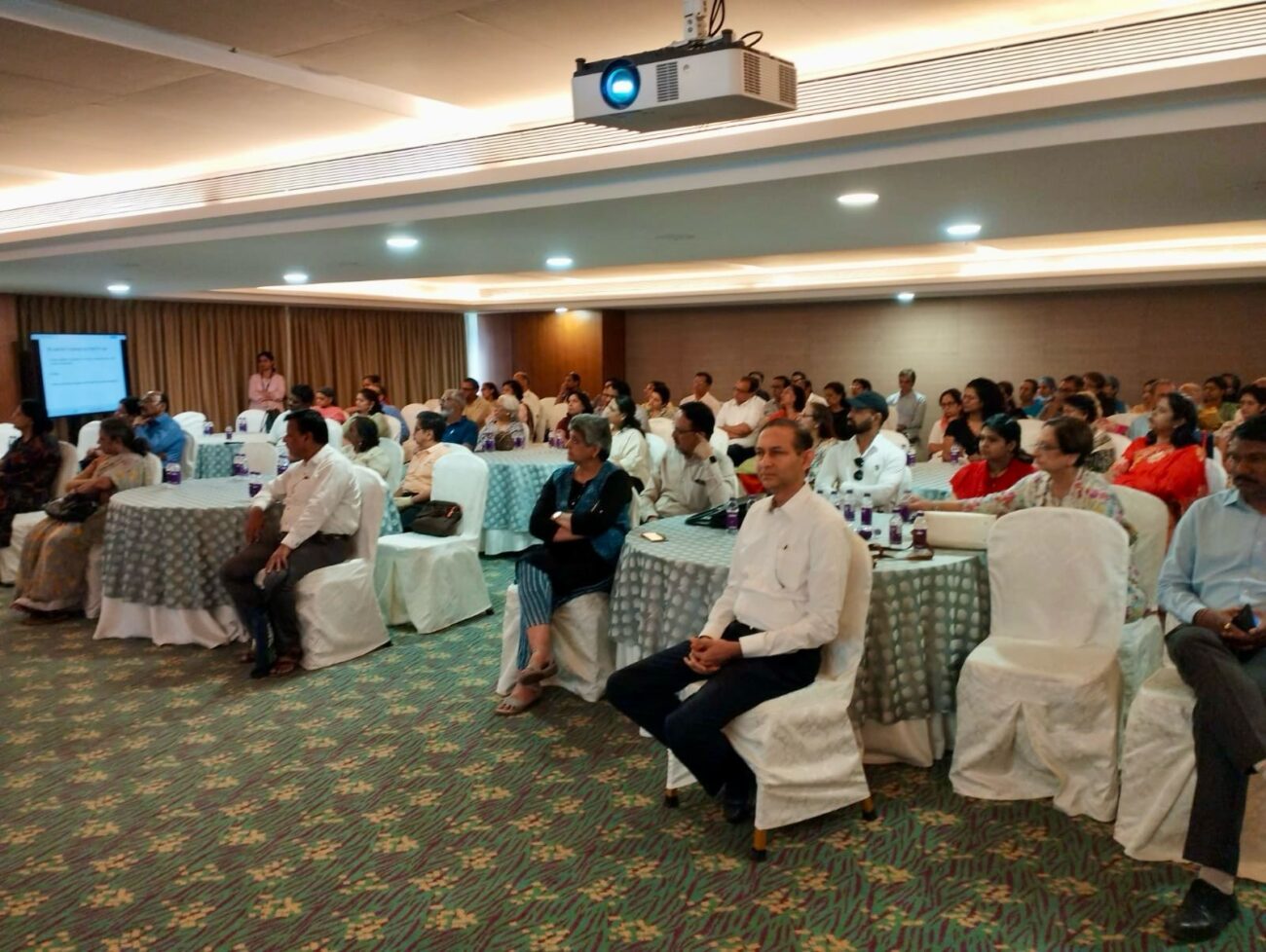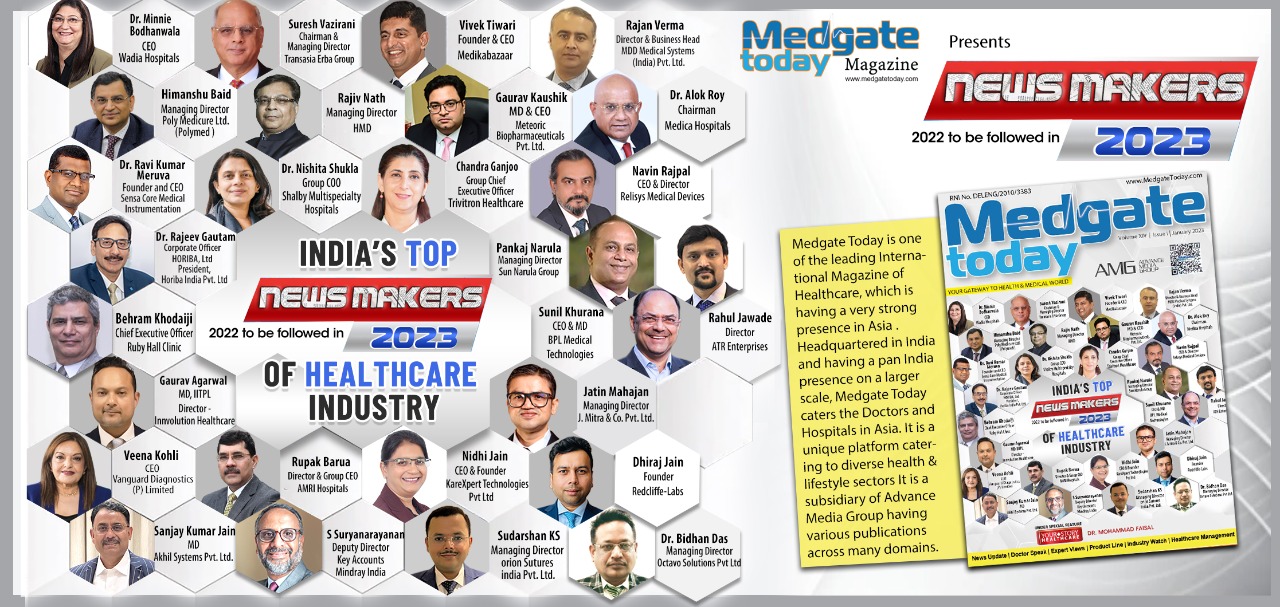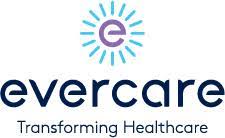Advancements in Radiology!
Dr. Meinal Chaudhry HOD- Radiology, Aakash Healthcare, Super Speciality Hospital Radiology as a discipline has been through numerous technological development since thetime it was accidentally discovered. The traditional perception of the radiologist in a dark room in
Dr. Meinal Chaudhry HOD- Radiology, Aakash Healthcare, Super Speciality Hospital
Radiology as a discipline has been through numerous technological development since thetime it was accidentally discovered. The traditional perception of the radiologist in a dark room in front of a view box just for interpreting images is rapidly becoming obsolete. From “just a helping hand” or “back stage medical performer”, Radiologists have become the patient care team in the fore front by adding a lot of value in patient health outcomes. Working alongside healthcare practitioners, radiologists are integral to the care of patients by guiding the Physician choose the right modality for Diagnosis, making accurate diagnoses, prognosticating the outcomes, monitoring response to treatment and performing imaging-guided treatments.
In contemporary times artificial intelligence and machine learning are already changing the dynamics of radio diagnostics with R&D projects are sprouting everywhere. Artificial intelligence can free up radiologists to perform other more important tasks, such as aligning and patients’ clinical, imaging information. With more time at hand for each patient radiologists can be more visible to patients, actively involved in patient care. AI improves clinical outcome by creating and identifying things that radiologists cannot, for instance an algorithm, which can look through hundreds of head CT slices to find irregularities so quick that a human being can never replicate, and if the AI spots any abnormalities, it will flag the examination as a high priority for a radiologist to thoroughly scrutinise the case. With the current trend of technological advancements in radio diagnostics a few years from now no medical imaging study will be reviewed by a radiologist until it has been pre-scrutinised and evaluated by AI. This pre-analysis will enable radiologists to separate pressing items on image-interpretation worklists from the items that can wait.
The virtual doctors’ doctors will work 24/7/365 and have no falloff in diligence due to fatigue, monotony, interruptions or distractions. Developers and scientists are looking at a future in which AI becomes a routine part of radiologists’ daily lives, making their work more efficient, accurate, satisfying and valued.
Improving patient outcomes is its primary goal. Artificial Intelligence can and ostensibly across the globe improved radio diagnosis. A San Francisco-based start-up called Enlitic is already pursuing this opportunity by sending software engineers to about 80 medical imaging centres in Australia and Asia, bringing with them a deep learning algorithm designed for use on picture archiving and communication systems (PACS).
So will this technology make Radiologists obsolete? is the next question. This innovation has been linkedto autopilot in aviation. The innovation did not replace real pilots. On long flights, it becomes easier for captain to turn the autopilot on, but as mentioned earlier – technology has its flaws – they are useless when it comes to quick decisions, therefore the combination of machines and human beings is the way to go.
There is also plenty of on-going research to teach algorithms to detect various diseases. IBM launched an algorithm called Medical Sieve qualified to assist in clinical decision making in radiology and cardiology. The “cognitive health assistant” is able to analyse radiology images to spot and detect problems faster and more reliably. The developers are hoping that the algorithm eventually becomes smart enough to identify the signs of disease in every imaging modality, which might include magnetic resonance imaging (MRI), computed tomography scan (CT), ultrasound, X-ray and nuclear medicine. But development of algorithm is not an easy task. So to tide over the time Scientist have come up with a smart way of AI called “Swarm AI” in wich multiple radiologists from around the world can give their opinion on a particular imaging test which removes the difficulty of single radiologist opining on an “ambiguous or equivocal” case.
Recent advances in print and segmentation software have made it extremely easy to automatically or semi-automatically extract the surface of area in question from three-dimensional (3D) medical imaging data. This has made it possible for clinicians to create anatomical models using a standard computer with very little anatomical know how.
3D printers, that were earlier used in industrial applications, are now available for home use thanks to low-cost desktop alternatives. This technology enables fast creation of 3D models without the need for classical manufacturing expertise.
In present day availability of 3D printers and cutting-edge segmentation algorithms have led to an increase in use of 3D printing in medicine that has received interest due to a multitude of potential medical applications. This technology works for numerous organs and anatomical regions of interest. There are reports of its use in creation of models of liver, lung and ribs from CT scan data.
Continuing technological innovation in Radiology is leading to more sophisticated techniques that results in prompt and specific diagnosis, present day radiologists add value beyond just image interpretation. Going further ahead with technological advancements, Multimedia Enhanced Reporting in Radiology (MERR) now radiologist link the virtual images within the report where the treating physician can just click on that link to see insides the body of the patient and correlate it with the findings in the report. (So, all the broth is cooked, treating physician has just to dig the spoon right in and eat it.)
So with such advancements coming in the field of radiology, the coming years will definitely have a lot of sunshine in the dark field of Radiology





